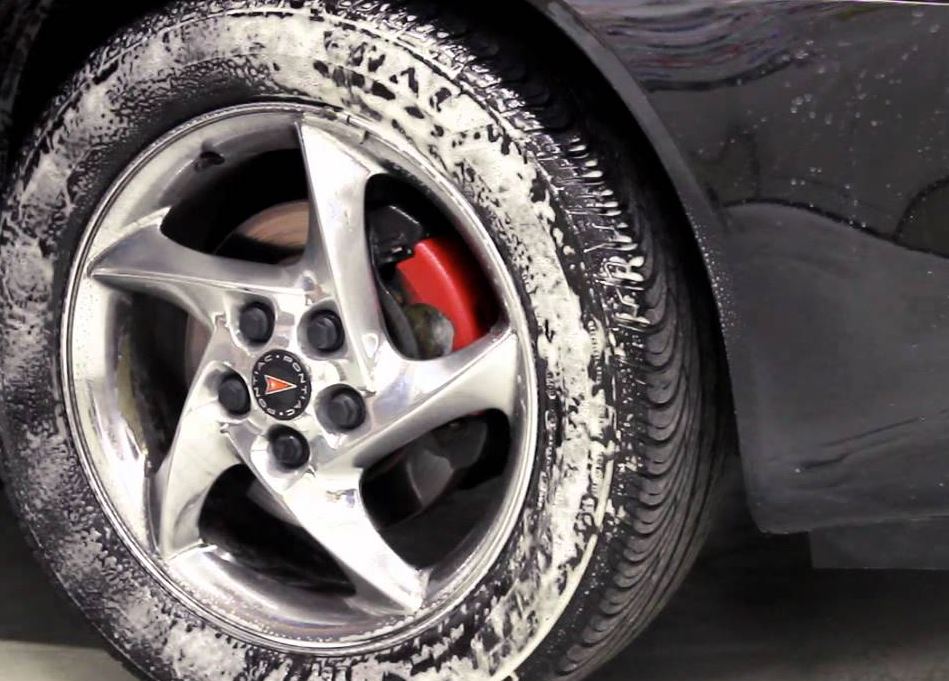Taking care of tires must be a priority for every car, truck, RV, or trailer owner. After all, the tires are all that stands between your vehicle and the roadway.
Proper tire maintenance is not limited to checking air pressure and inspecting them for signs of damage. Tires that are left sitting still for an extended period (think of a personal water craft that sits dormant for well over half the year in colder climates) can be at risk of dry rotting, which is a problem best avoided.
https://www.shutterstock.com/image-photo/trailer-behind-car-parking-rental-shop-2127903161
Dry rotting generally manifests itself in the form of cracks in the rubber. As tires age and face greater exposure to the sun they can lose their protective resin covering, which leaves the rubber underneath vulnerable to other natural elements and makes the tire become brittle. When this happens the tire becomes more vulnerable to other forms of damage, which means it can quickly become unusable.
https://www.shutterstock.com/image-photo/open-car-trailer-passenger-cars-rental-2161546259 https://www.shutterstock.com/image-photo/small-car-trailer-made-metal-613370198 https://www.shutterstock.com/image-photo/car-trailer-parking-on-sunny-spring-2136152869
Dry rotting in tires is most commonly attributed to inactivity. If a trailer is sitting in your driveway or parking lot for an extended time, this means its tires will be left exposed to the elements and also sitting in the same position. Elements such as rain, moisture, sunlight and ice can all eat away at the tire rubber over time. For example, extended exposure to sunlight means the tires are exposed to ultraviolet rays, which can be a nightmare for the aforementioned resin coatings that tires rely on for protection.
Additionally, long-term contact with the ground can cause tire dry rot and flat spots. Finally, pressure and weight can also put significant strain on your tires and cause them to degrade faster. If you have a heavy load on your trailer and leave it resting on the wheels for an extended period, trouble might follow in the form of damaged tires.
https://www.shutterstock.com/image-photo/springfield-united-states-jun-07-2005-1942874332
Fortunately there are a number of steps you can take to protect your tires from the elements described above and extend their usable lifespan.
First, it is critical to protect your tires from sun exposure. At most car and RV stores you can buy covers that are specially made for this purpose. Using them helps you prevent ultraviolet light from degrading your trailer tires in your driveway.
Consider rotating the tires on a regular basis. By this, we don’t mean in the traditional sense of swapping their places as one might do at an oil change. Instead, just try and move the trailer around every few weeks so that it’s resting on a different part of the tire. This will help spread out the impact of the weight, which can ensure that the tire is equally worn and no disproportionate wear contributes to its premature demise. You can also help better distribute the weight of the trailer by having the tires rest on plywood that you’ve laid out on the driveway ahead of time. This works similarly to a snowshoe, distributing your weight so your foot doesn’t sink all the way into the snow.
Instead, just try and move the trailer around every few weeks so that it’s resting on a different part of the tire. This will help spread out the impact of the weight, which can ensure that the tire is equally worn and no disproportionate wear contributes to its premature demise. You can also help better distribute the weight of the trailer by having the tires rest on plywood that you’ve laid out on the driveway ahead of time. This works similarly to a snowshoe, distributing your weight so your foot doesn’t sink all the way into the snow.
Test your tire pressure regularly. Over- or under-inflated tires can be a real threat to the integrity of your trailer’s tires. One of the best possible options is that if your trailer is going to be inactive for an extended period you could also leave it resting on blocks, remove the tires altogether, and store them while underinflated in a cool, dry place.
Protecting and maintaining your tires is the responsibility of every vehicle owner, and it becomes especially pressing when it comes to trailers, which might face long stretches of little to no use.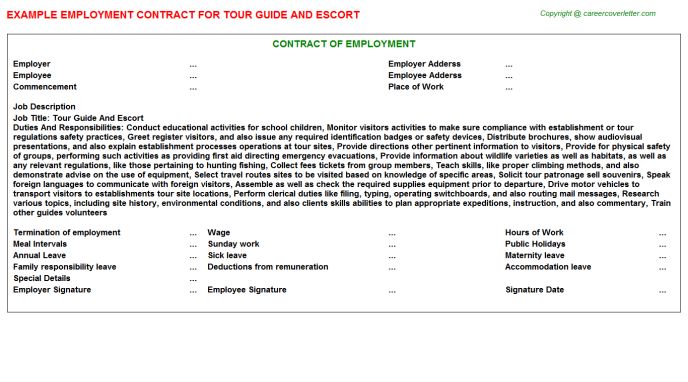 By educating yourself on what dry rot can do to tires, what the contributing factors are, and how you can prevent them, you can go a long way towards extending the lifespan of your trailer and keeping your family and equipment safe.
By educating yourself on what dry rot can do to tires, what the contributing factors are, and how you can prevent them, you can go a long way towards extending the lifespan of your trailer and keeping your family and equipment safe.
Even as the name is self-explanatory, there are a few things that you should know before taking a leap into the prevention steps.
 So, the moment you notice that the tire color has changed from black to gray, it’s time to take action and prevent the tire from an aggravated dry rot.
So, the moment you notice that the tire color has changed from black to gray, it’s time to take action and prevent the tire from an aggravated dry rot. There is no exclusive kit or set of equipment required to prevent dry rotting. But yes, there is some sort of equipment required depending on the prevention method you opt for. Having said that, here are a few things that you will always require.
Preventing the trailer tires from dry rotting isn’t a one-time thing or a process. To protect your tires, you need to adopt some measures and use the right materials to support the methods. So, here are the things you need to do.
To protect your tires, you need to adopt some measures and use the right materials to support the methods. So, here are the things you need to do.
This is the first step towards preventing dry rot and saving you the money to replace the tires. Firstly, ensure that you conduct regular inspections of the trailer tires and the trailer itself. Fix a day in the month or once every two months for the inspection.
Start with the sidewalls to notice any sort of cracks, discoloration (gray), or any sort of bulges in the tire. For the treads, check for cracks. Well, if the tires have been on the road before, the treads will have some cracks. So, where treads can confuse you, focus on the sidewalls.
#2. Park the Trailer Under the ShadeProtection from the sun is also essential to protect the tires from dry rotting. If you do not have enough space in your home to park under the shade, hire a unit for the same.
If that’s also not possible, find a tree where you can park or look for the trailer parks in your area to keep the trailer there.
In case any of these is not possible, and you are forced to park the trailer under the sun, use a tarp to cover the trailer from all the sides, including the tires.
#3. Cleaning the TiresA simple thing such as washing and cleaning the tires can improve their life and prevent dry rotting. Complement the tire cleaning process with tire covers to keep them in an immaculate condition for years to come.
However, while cleaning, use a water and soap solution. Do not use heavy chemical-laden products to wash them as it can do more harm than good. After washing the tires, shield them with tire and wheel covers for extra protection.
#4. Ensure Proper Tire InflationAn under-inflated trailer tire is akin to an accident waiting to happen. Even if the trailer is parked, you must ensure that it always has the company-recommended air pressure. Under-inflation aggravates the dry rotting process, and if you drive with less pressure, the intensity of tire treading will be higher.
A word of caution: if the tires have already started to dry rot and you see cracks in the sidewalls as well as the treads, the inflating needs to be more frequent. This is to prevent further rotting and ensure that when you take the trailer out for inspection before a trip, it can reach the repair shop.
#5. Do Not OverloadIf we were writing a guide on how to store your trailer for the summer or winter, the first thing we would have shared is emptying the trailer. Every tire is built to withstand a certain capacity of weight. However, when the trailer is parked, the tires are already under a lot of stress.
An overloaded trailer will only add to the problems, including accelerating the dry rotting. Plus, the extra weight can cause cracks, bulges, and even a blowout, especially when the tires are directly exposed to the sun’s UV rays.
Frequently Asked QuestionsHow long can I drive the trailer with dry rotted tires?
The question is not about how far, but how much you are at risk of a blowout when driving with dilapidated tires.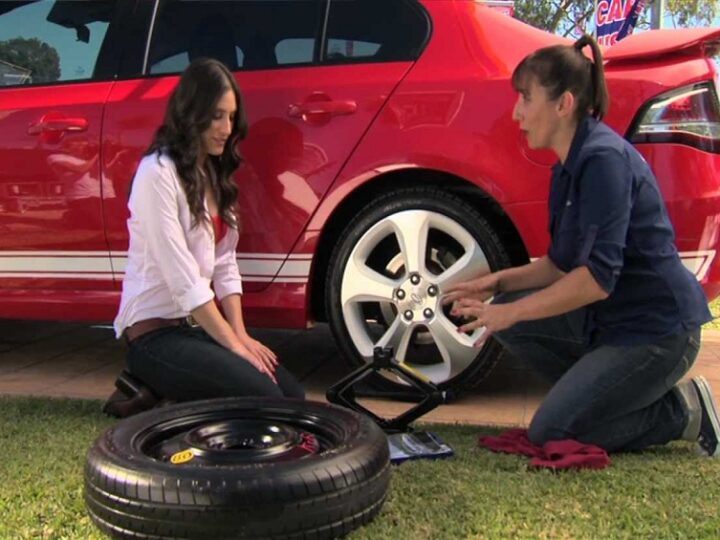 So, it is best that if you see the signs of dry rotting, check for its impact and then replace them before taking the trailer out on a long trip.
So, it is best that if you see the signs of dry rotting, check for its impact and then replace them before taking the trailer out on a long trip.
What’s the best way to tell that trailer tires are dry rotting?
Sidewall cracks is the quickest and most authentic way to find out if the trailer tires have started to rot. This can happen due to the heat, pressure, leaking oils, and chemicals from cleaning agents.
Can I also remove the tires to save them from rotting?
Yes. If you can invest in two pairs of jacks, it is better to take the tire out and store them in a cool and dark place with no exposure to the sun. While storing them inside, you can also use an Aerospace Protectant for better protection.
People often tend to evaluate the quality of tires and their condition solely by the rest of the tread layer.
Of course, this is an important indicator, but there is a problem that, hitting the tread, does not immediately show visible marks on the surface. Cracking or "dry rot".
Cracking or "dry rot".
Most often, the causes of its appearance are the long storage of the vehicle without movement, low tire pressure, overheating and exposure to certain chemicals. When tires are carefully inspected, dry rot can be seen by the presence of small, web-like cracks. nine0003
Cracking occurs when the oils and moisture in the tire's rubber material begin to evaporate, making the rubber hard and brittle, causing the tire to break down quickly.
Simply put, tires found to be carrying dry rot should NOT be used as unsafe tires.
Although there are no tire brands that are more or less susceptible to dry rot, one should always be aware of the storage and operating conditions that contribute to its occurrence: long periods of inactivity at high temperatures, exposure to chemicals (pesticides, herbicides, etc.). These problems are most typical for agricultural machinery and its wheels. nine0003
This does not mean that agricultural tires are inherently more likely to crack. It's just that conditions that are considered favorable for the formation of dry rot usually occur exactly where tractors and combines work.
It's just that conditions that are considered favorable for the formation of dry rot usually occur exactly where tractors and combines work.
Actions to prevent the occurrence of cracking involve simply eliminating the consequences of adverse factors with the help of elementary actions.
Proper storage
If you are storing your car for winter or just long-term storage, keep an eye on the factors that are within your control whenever possible. Do not leave the equipment under scorching direct rays for a long time, and always put it in a garage or shed whenever possible. nine0003
In winter and summer, of course, it is ideal to store cars in a room where the temperature is regulated.
Regular cleaning
Chemicals are a common occurrence in agricultural businesses and some industries. Chemicals that come into direct contact with the surface of the wheels must be washed off after each work cycle. Simply rinsing with soapy water is enough to prevent harmful compounds from penetrating further into the depths. nine0003
nine0003
Pressure control
Low pressure is one of the serious threats to the good condition of tires, leading to dry rot. Under-inflated tires can develop cracks in the sidewall through which air leaks, contributing to the enlargement of the cracks and the drying of the rubber.
If the tires on your loaders do not have time to last until the tread is completely worn out, not due to exposure to chemicals or aggressive sun, but due to frequent punctures due to production features, pay attention to Tyrefill technology - filling tires with polyurethane. nine0003
The PST company has been providing this service to its customers for several years and has collected quite a lot of positive feedback and properties of the proposed composition. The tires are softer and more “springy” than ordinary solid tires, while they are not afraid of sharp objects.
Call and find out more: +7 (495) 150-04-39
Notice: Undefined variable: css_bg in /home/g/grigorig/prodachnika. com/public_html/wp-content/plugins/experts-by-webnavoz-1.3/experts-by-webnavoz.php on line 314 Notice: Undefined variable: out in /home/g/grigorig/prodachnika.com/public_html/wp-content/plugins/experts-by-webnavoz-1.3/experts-by-webnavoz.php on line 314 Notice: Undefined variable: css_market in /home/g/grigorig/prodachnika.com/public_html/wp-content/plugins/experts-by-webnavoz-1.3/experts-by-webnavoz.php on line 322 nine0003
com/public_html/wp-content/plugins/experts-by-webnavoz-1.3/experts-by-webnavoz.php on line 314 Notice: Undefined variable: out in /home/g/grigorig/prodachnika.com/public_html/wp-content/plugins/experts-by-webnavoz-1.3/experts-by-webnavoz.php on line 314 Notice: Undefined variable: css_market in /home/g/grigorig/prodachnika.com/public_html/wp-content/plugins/experts-by-webnavoz-1.3/experts-by-webnavoz.php on line 322 nine0003
Potatoes are considered an essential food product in Russia. It has high productivity, adapts well to weather conditions. Unfortunately, this culture is prone to many diseases. On average, harvest losses reach 20%. Some bacterial infections so infect the soil of the potato itself that they lead to the degeneration of the crop.
Content
Dry rot is one of the most dangerous diseases for potatoes, which spreads very quickly. Its source is a fungus that is found in the soil and affects still young tubers. When transported to the basement, the spores are carried along with the remnants of the earth and continue to multiply intensively during winter storage. The most common disease is dry rot on potatoes: methods of control and prevention will be discussed in more detail. nine0003
Its source is a fungus that is found in the soil and affects still young tubers. When transported to the basement, the spores are carried along with the remnants of the earth and continue to multiply intensively during winter storage. The most common disease is dry rot on potatoes: methods of control and prevention will be discussed in more detail. nine0003
Favorable conditions for the reproduction of furadiosis are considered to be a high nitrogen content in the soil and abundant feeding with manure. If the earth is infected with spores, the first signs of the disease appear during flowering, the upper leaves of the green tops begin to lighten, then the stem changes color and the tops gradually fade.
After harvest, healthy tubers become rotten already in the basement. First, gray-brown spots appear on the potatoes, when the infection penetrates deeper, depressions form in place of the spots. The affected areas dry out and become like dust, and voids form inside the tubers, with white fungus on the walls.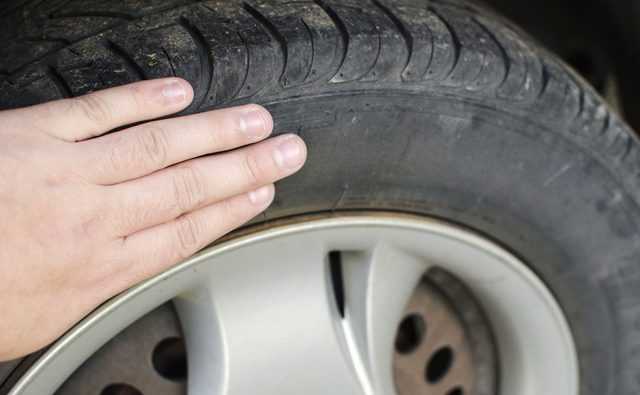 As a result, the tuber becomes dry, light and hard. Dry furiatic rot passes from diseased potatoes to healthy ones, so foci of infection form around rotten potatoes. By the middle of winter, the disease reaches its maximum degree of development. nine0003
As a result, the tuber becomes dry, light and hard. Dry furiatic rot passes from diseased potatoes to healthy ones, so foci of infection form around rotten potatoes. By the middle of winter, the disease reaches its maximum degree of development. nine0003
If you plant potatoes harvested from an infected area next year, a new round of the disease cannot be avoided.
Potato dry rot - how to deal with:
 2 l / t.
2 l / t. Brown rot of potatoes is considered dangerous.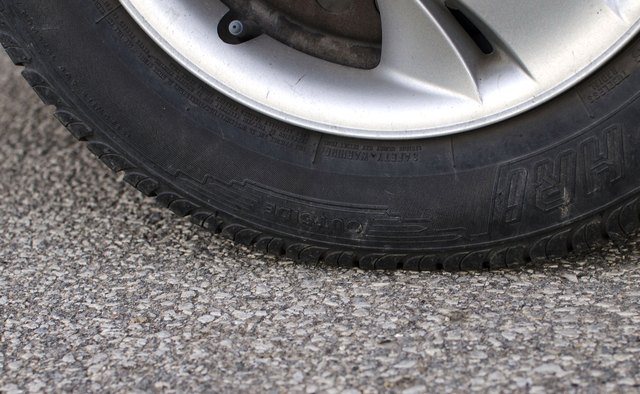 a rapidly spreading disease that must be quarantined. The causative agent of the disease is the bacterium Ralstonia solanacearum, which actively reproduces in warm and humid conditions. It is more common in warm regions and Central Russia.
a rapidly spreading disease that must be quarantined. The causative agent of the disease is the bacterium Ralstonia solanacearum, which actively reproduces in warm and humid conditions. It is more common in warm regions and Central Russia.
This pathogen lives in the ground for a long time and is spread by insects and worms. After penetrating into the underground part of the culture, it quickly affects tubers and tops. Brown veins appear on the stem in the root area and on the leaves. If you cut off the stem of an infected bush, a gray, slimy, bacterial mass is released from the vessels of the plant, rapidly spreading through the internal vessels, the bacterial mucus literally kills the plant, the leaves begin to fade, turn yellow, and then dry up and turn brown. nine0003
Signs of infection appear during flowering. A distinctive feature is the longitudinal splitting of the stem. Penetrating into the tubers, a bacterial infection affects the vascular ring.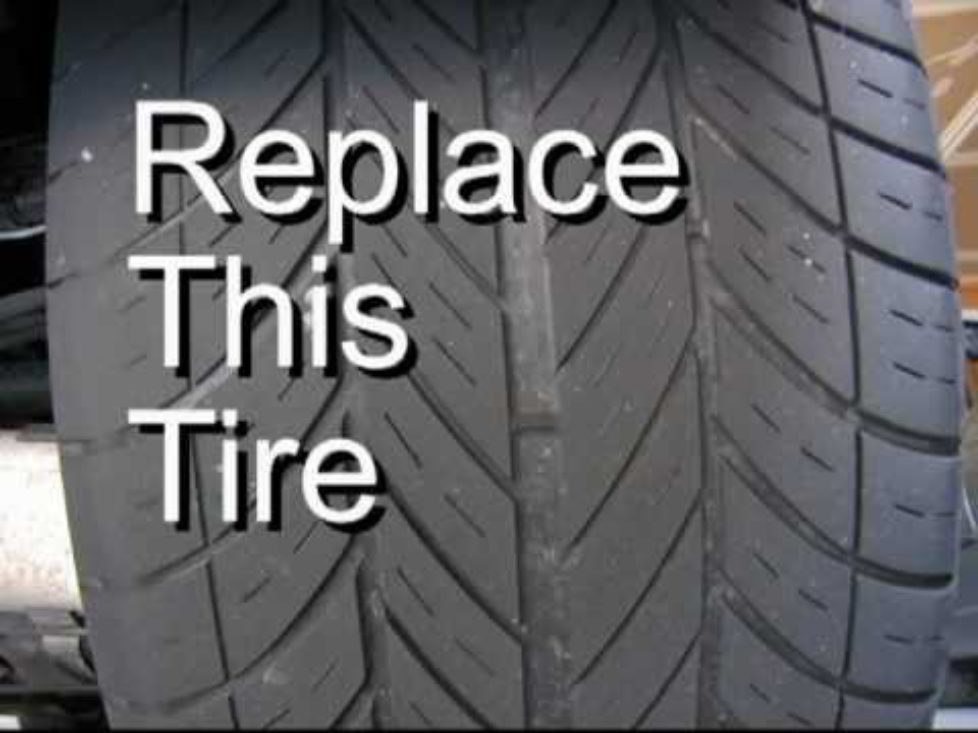 The vascular area softens, if you press on such a potato, a dirty white mucous mass is released.
The vascular area softens, if you press on such a potato, a dirty white mucous mass is released.
The core of the tuber is affected somewhat later, already during storage, it also becomes brown and filled with mucus. As a result, the vegetable rots completely.
Brown rot control methods:
 nine0056
nine0056 Important! Preventive measures include the implementation of crop rotation rules, as well as the refusal to grow eggplants, tomatoes, peppers, in the area where potatoes are planned to be planted.
Bacterial wet rot differs from previous diseases in that the vegetable is much more susceptible to it during storage than during growth and harvest. Bacteria that cause the appearance of such rot penetrate the tissues through external damage caused mechanically or by fungal irritants. During the growing season, the disease develops only in conditions of high humidity and if the land is already infected with any infectious bacterial disease. nine0003
After digging, the cause may be freezing or overheating of the dug potatoes in the sun. Since the disease is not caused by one type of bacteria, but by several, mixed rot has become very common when fungi of several families interact. As for the symptoms of diseases, wet, soft spots may appear on the surface of the tuber, or there are no external signs at all. The process of decay begins under the skin: a sharp unpleasant odor becomes noticeable, the affected part becomes pink or dark brown. The place where the healthy part borders on the affected part is separated by a clear brown border. Gradually, the structure collapses and the potato becomes soft, under the skin it looks like a liquid slurry or mucus. With the development of wet rot, a foul-smelling liquid is released from the surface of the tuber, which infects nearby potatoes. There may be several foci of this kind in a storage location. nine0003
Since the disease is not caused by one type of bacteria, but by several, mixed rot has become very common when fungi of several families interact. As for the symptoms of diseases, wet, soft spots may appear on the surface of the tuber, or there are no external signs at all. The process of decay begins under the skin: a sharp unpleasant odor becomes noticeable, the affected part becomes pink or dark brown. The place where the healthy part borders on the affected part is separated by a clear brown border. Gradually, the structure collapses and the potato becomes soft, under the skin it looks like a liquid slurry or mucus. With the development of wet rot, a foul-smelling liquid is released from the surface of the tuber, which infects nearby potatoes. There may be several foci of this kind in a storage location. nine0003
Soft rot prevention and control:
 Peel potatoes from adhering earth and grass residues.
Peel potatoes from adhering earth and grass residues. Important! If a focus of the disease is detected, there is no need to sort through the entire volume, just remove all potatoes within a radius of 20 cm from the epicenter of infection. Then it is sorted out, intact tubers are suitable for use.
Since ring rot spreads quite quickly, up to 45% of the crop can be lost at harvest. It affects the aboveground and underground parts of the plant. At the same time, the veins on the leaves turn yellow, darken over time and die off. When cut, a yellow liquid is released from the stem. nine0003
When cut, a yellow liquid is released from the stem. nine0003
First the tubers suffer, and then the tops. The infection is very tenacious, it can exist in the tubers for several years, without showing itself, gradually affecting a larger area. It may not be immediately apparent when cleaning. It happens that the surface seems healthy, but if you cut the potato, you will see a fairly distinct yellow or brown ring, covering the entire tuber close to the skin.
Expert opinion
Filatov Ivan Yurievich, private farmer for over 30 years
With the rapid development of rot, the potato rots completely, if you press it, a slimy liquid is released. If the patient is a seed mass, then after planting, not everything will sprout. Some will simply rot, and the seedlings will be weak, thin, with leaves close to each other. The source of infection in this case is not the soil, but the infected potato.
Potato ring rot - control measures:
